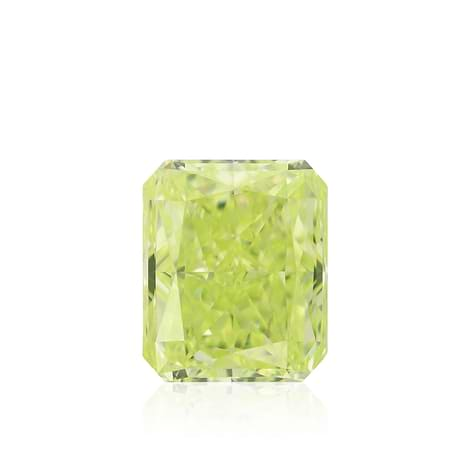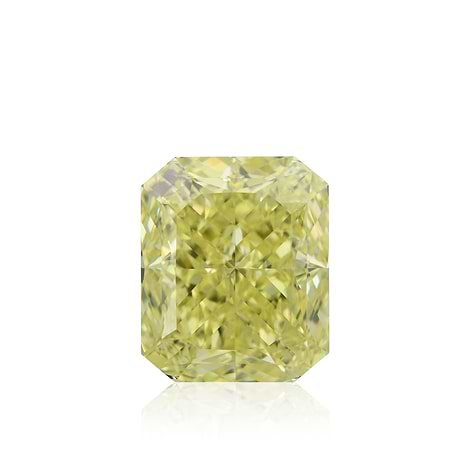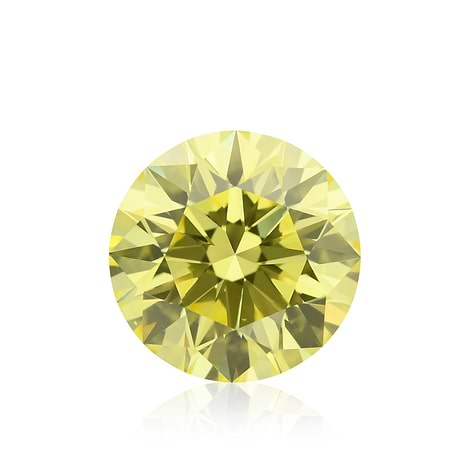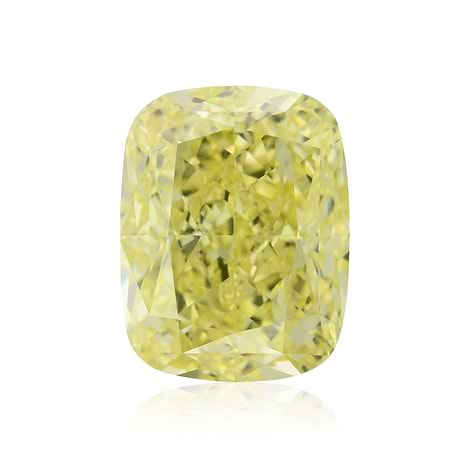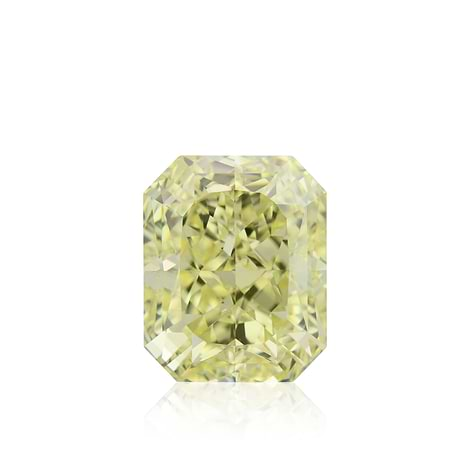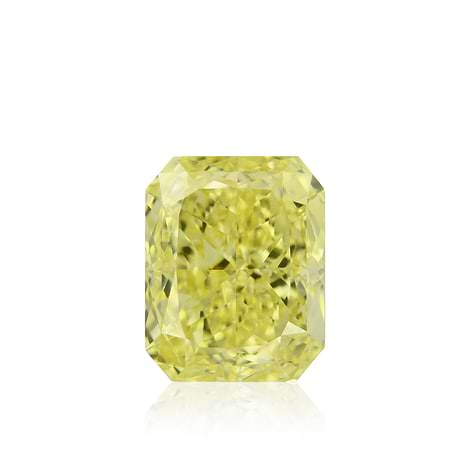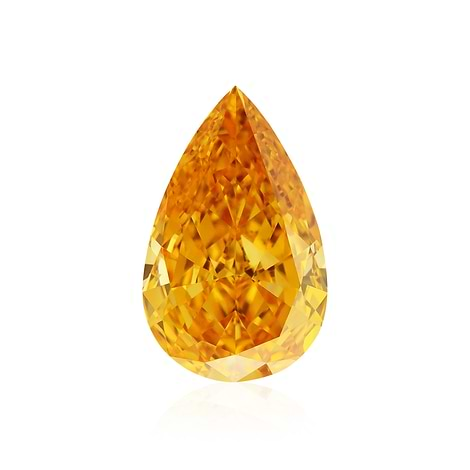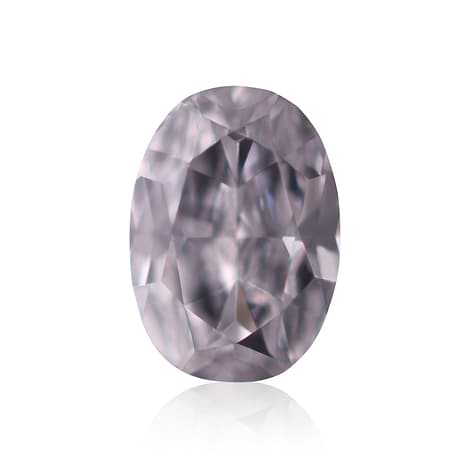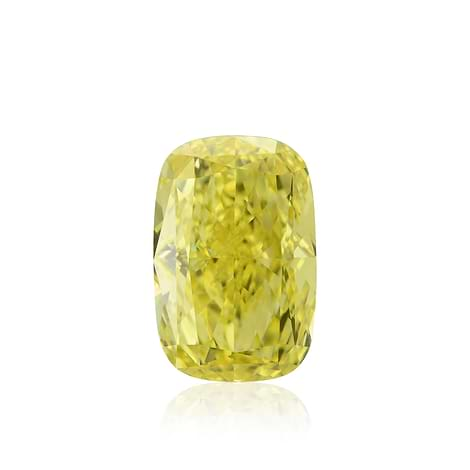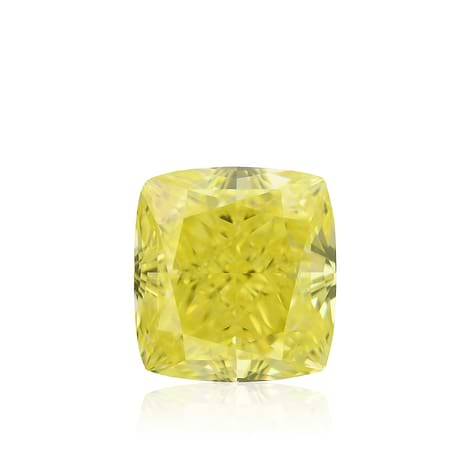VVS diamonds rank high in rarity and desirability amongst knowledgeable collectors
In order to create a standardized language for communicating the quality components of a diamond, a universal grading scale had to be established for consumers and retailers. In this way, anyone could accurately convey key diamond qualities whether or not the stone was in front of them.
By the 1940s through the 1950s, Gemological Institute of America (GIA) answered the call for creating a common language that could be understood by anyone in the world who needed to communicate vital data about a diamond. This uniform system became known as The 4Cs---for Clarity, Carat Weight, Color, and Cut.
What are VVS Diamonds?
Diamond clarity is one of the most important 4Cs of diamond grading which starts with F (for Flawless) and descends to I2 (for Included 2), or in some cases I3.
A VVS diamond, an acronym for Very Very Slightly Included, represents one of the highest echelons of diamond clarity. Within that category of VVS grading are further divisions—VVS1 and VVS2 which divides the stones into the more subtle distinctions within that group.

LEIBISH 0.08 carat, Fancy Gray Violet Diamond, VVS1 Clarity
What Does VVS Mean in Diamonds?
Both of these clarity designations, VVS1 and VVS2 keep the diamonds in that rare group of extremely desirable stones. These categories are only surpassed by the extremely rare stones graded IF (Internally Flawless) or F (Flawless) perfectly flawless inside and on the stone’s exterior too.
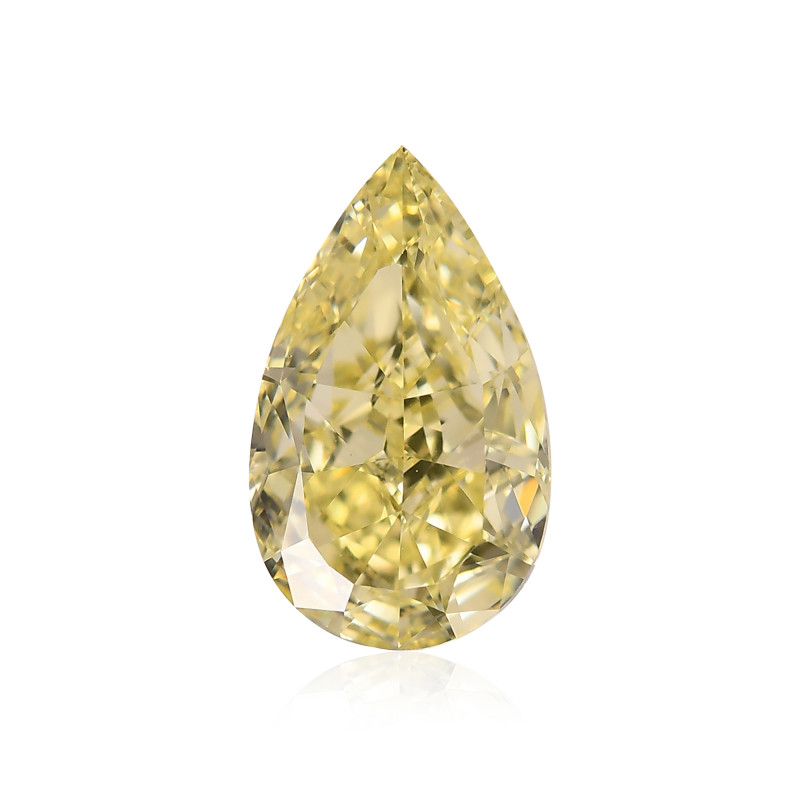
LEIBISH 1.61 carat, Fancy Light Yellow Diamond, Pear Shape, VVS2 Clarity
What’s Better -- A VS Diamond or VVS Diamond?
Shoppers may occasionally see some diamonds graded VS which indicates Very Slightly included. There is a difference in the amount and perhaps the position of inclusions in this lower category called VS. The more flaws in a diamond impacts that stone’s value of course. Still, it bears noting that this lower clarity grade of a VS will not be display more inclusions to most shoppers. An exception would be an expert collector who’s spent time examining lots of diamonds through a jeweler’s loupe.
Breaking Down The Difference
To the unaided eye, VVS stones seem flawless; these diamonds are eye clean in that regard. Because of their pristine appearance, fancy shapes like emerald cut or even the sophisticated Asscher cut are often crafted from stones in the VVS category. The reason is pretty straightforward. Step cuts with their larger crown facets allow a look deep into the stone itself. So, any inclusions within the polished diamond will not only show easily but are often found to be reflected back and forth (like a mirror) inside the facets—making one flaw seem like several.
Besides the designation of VS or VVS clarity, a proper diamond report (like those issued from GIA) include a plot map of the crown view and the pavilion view as well. In the plot diagram, the kinds of inclusion (cloud, feather, crystal, etc.) and its location is clearly marked. That way, all parties can visualize exactly where these blemishes appear and better understand how the laboratory arrived at its clarity grade.
How Much are VVS Diamonds Worth?
Such miniscule imperfections in these high-clarity stones are so negligible that many retailers simply don’t routinely stock VVS diamonds. Generally, retail shoppers will opt for a lower grade yet still attractive stones which are way more affordable. But to the knowledgeable connoisseur, VVS stones are the ones to acquire. If one has the means and the taste for VVS diamonds, nothing less will do. Collectors without budget constraints gravitate to the highest clarity diamonds they can find. These highly desirable diamonds offer bragging rights to both the seller and owner alike.
So much goes into the decision making process of a diamond of any clarity—VVS or otherwise. The higher clarity stones may symbolize heartfelt emotions in a relationship—like rarity, beauty, and the permanence that diamonds are celebrated for.
Since VVS diamonds are a much rarer class of diamonds, with less of them being produced, it makes sense that they will cost more. All things being equal, according to GIA (Gemological Institute of America) a VVS diamond can be as much as 30% higher than its similar counterpart in the VS category.
Do VVS Diamonds Look Different?
When we get into these rarer stone categories, like VVS grade diamonds, every minute imperfection carries with it a change in value. VVS stones will have just the slightest number of microscopic inclusions that even a trained eye may find difficult to detect under 10X magnification.
The faint inclusions will not impact the stone’s appearance, or beauty, or the integrity of the diamond. Often these minute inclusions are faint—like tiny feathers, clouds, or pinpoints. They may often be light colored and may appear on the pavilion side of the stone.
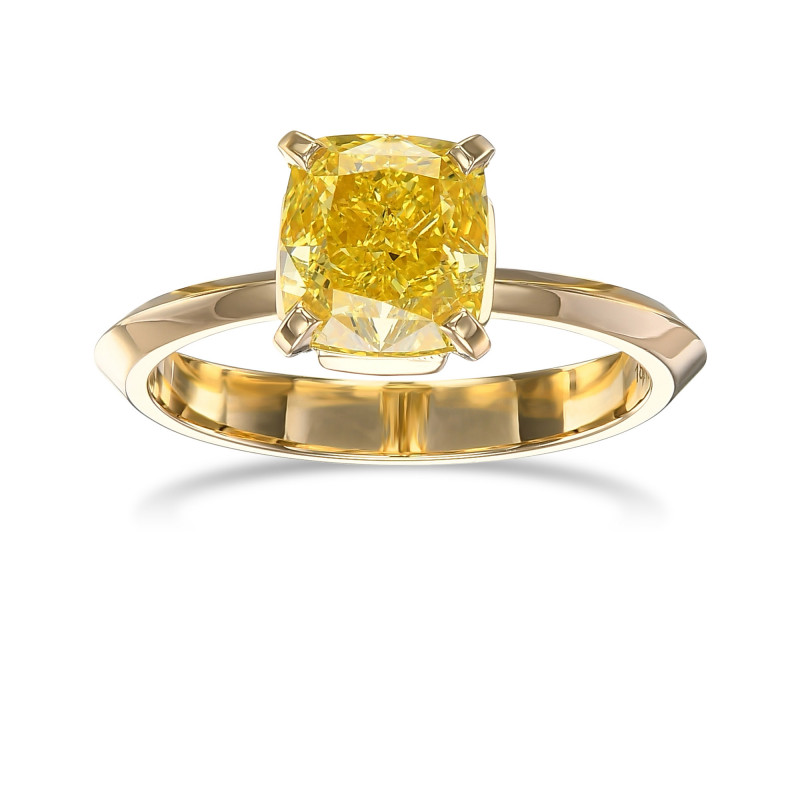 SOLD: LEIBISH Fancy Vivid Yellow Cushion Solitaire Diamond Ring - Center Stone VVS1
SOLD: LEIBISH Fancy Vivid Yellow Cushion Solitaire Diamond Ring - Center Stone VVS1
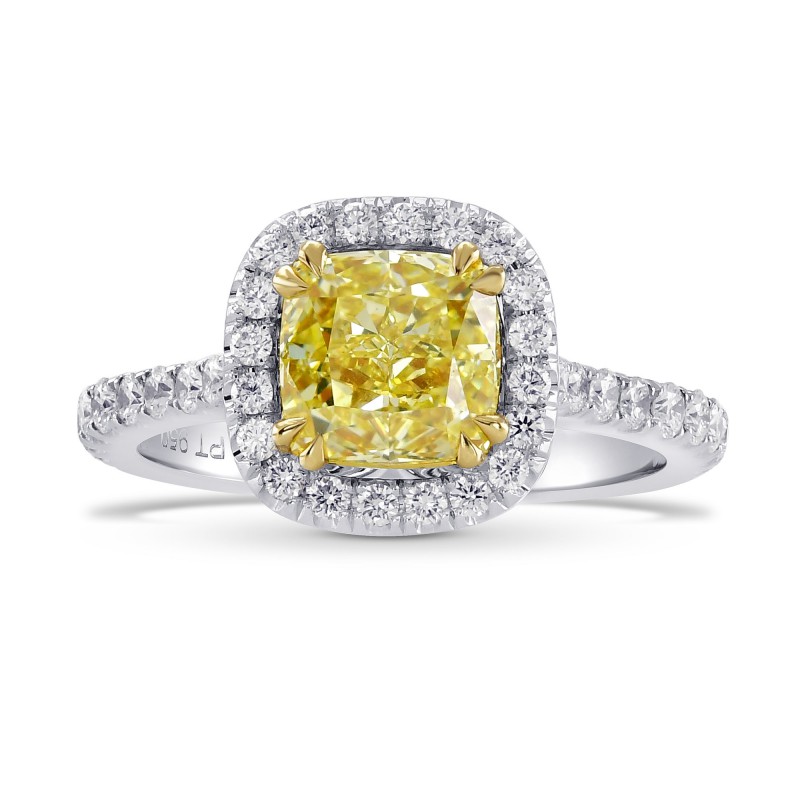
LEIBISH Fancy Yellow Radiant Diamond Halo Ring, Center Stone VVS1
Summarizing VVS Diamonds
The collectability of VVS diamonds is strong for those who value ‘near perfection’. High clarity diamonds like those in the VVS2 and VVS1 ranking are clear as ice. They can elicit feelings of awe amongst true afficionados. They are in fact nature’s finest diamond production (next to F & IF diamonds) If they are polished into emerald or Asscher cuts, they won’t sparkle more, but rather they will exhibit that extraordinary icy white clarity that collectors crave.
Even without seeing its lab certificate, you can assume that most step cut diamonds are of very high quality—and often are VVS stones. The flat facets which allow one to see inside the stone demand top-clarity. While not every seller offers VVS diamonds today, they can be found at high-end jewelry retailers and from the finest online sources. For those who demand near perfection, a VVS diamond is a stone worth searching for. ▼
